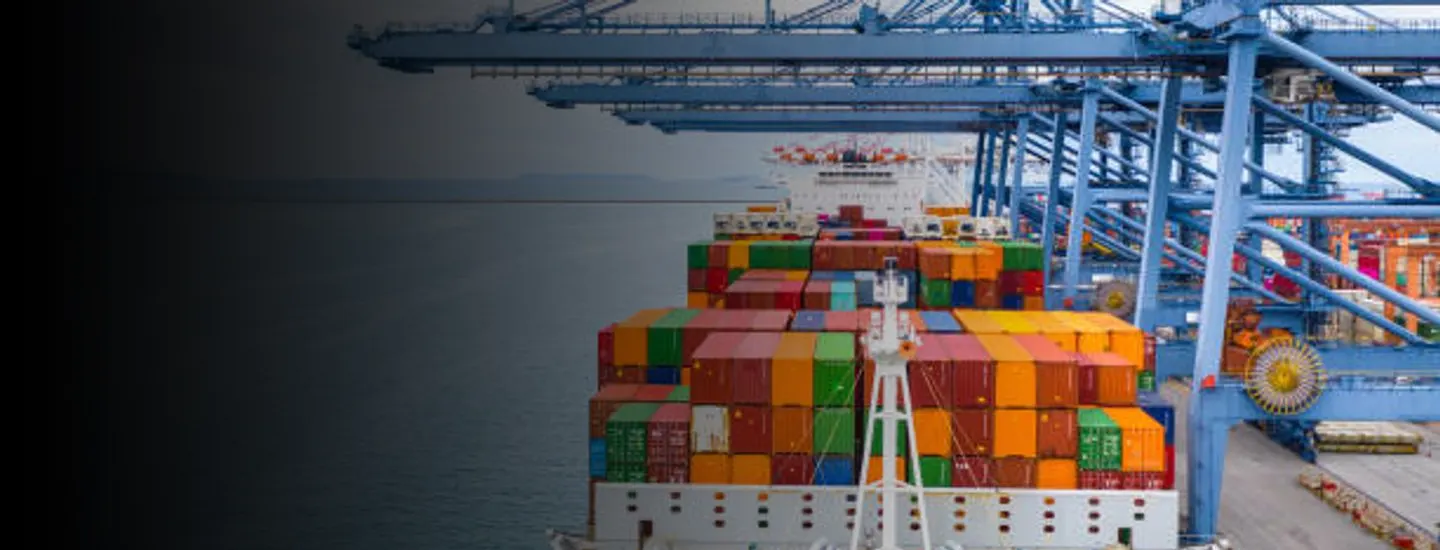The 2022-2023 Trans-Pacific ocean freight contract season was unlike any in recent memory. For the first time in modern history, carriers held all the cards in the negotiation cycle – and they flexed their muscles accordingly. Following record profits in 2021 and eye-popping Q1 earnings of $59.3B – an increase of 3X over the same period last year as reported by The Wall Street Journal – the outcome of these negotiations tend to paint a profit-filled picture for carriers, at least for the next year. For some analysis on how carriers plan to spend these earnings, take a look at our Perspective on Carrier Profits and as well as the AlixPartners 2022 Container Shipping Report.
During this recent contracting cycle, which generally runs through April, we surveyed a group of importers to get a read on the overall themes of how this year’s negotiations have shifted from previous iterations. Their insights reflected the following themes:
- Cost vs. space: Shippers had to negotiate for either cost or space. Unless they were a large importer, they were hard-pressed to get both.
- Allocation, especially during peak season (July - October), was the key item being negotiated to prevent shippers from relying on the spot contract market.
- Many shippers did not want to risk getting shut out like they did last year.
- Rates increases: The general consensus that we observed was that contract costs have gone up for all importers. Depending on the organization’s size, historic relationship with carriers, and overall profile attractiveness, the increase ranged from 50%-350% from last year’s contract rates.
- Stable shippers saw the smallest increases, while shippers with higher peak season volumes saw the largest increases.
- Surcharges: Our observations showed surcharges being deployed, and not waived. This is occurring at a higher rate than in previous years.
- Less than 50% of surveyed importers have executed contracts subject to Peak Season Surcharge (PSS) or General Rate Increase (GRI) surcharges.
- Shippers with seasonal volume whose contracts are not subject to PSS have taken much larger increases as compared to shippers with stable volume.
- Relationships matter! Without a historic relationship, we observed many carriers not participating in the bid process. In the past, this has not happened as carriers routinely chase volume.
- Multi-year contracts: Multi-year contracts were offered to many importers providing longer-term guarantees around allocation. These contracts were not always attractive, and we generally observed that multiple-year agreements were found out of South Asia and Southeast Asia to the United States.
- Every multi-year contract had a step-down rate structure with all carriers projecting Year 1 of the contract as the most expensive year.
- Some multi-year contracts had flexible minimum quantity commitments across the periods with an annual review to alter this contract agreement if business changes occurred.
- Some importers reported that carriers offered incremental allocation, albeit with a monetary penalty if they do not meet allocation within a threshold. These were not viewed favorably by importers we polled.
- NVOCCs’ reduced role impacts small shippers: Carriers are increasingly going direct to shippers. Non-Vessel Operating Common Carriers (NVOCCs) who service the small shippers have gotten allocations cut. This impacts the small importers vs. the larger importers. Smaller importers are at the mercy of spot markets, and delayed goods.
- One-stop shop: Carriers who have made acquisitions across the supply chain are trying to lock in customers with other complementary and integrated services as a cost of entry to their freight agreements, such as:
- Freight forwarding and PO management
- Drayage services
- Warehousing services
- Last-mile services
- Port or door? Carriers who are not focused on vertically integrating their business rewarded importers who only contracted to port, with port importers taking smaller increases.
- Will more shippers start to contract to port in order to limit increases while taking control of their supply chains?
- Port diversification: We are already seeing the shift to port diversification to avoid the terrible congestion of the last two years. This is difficult to match with allocation. Some shippers have seen success, others have been limited in port diversification as we are seeing other North American Ports beginning to experience a similar level of congestion.
With the Trans-Pac Ocean Contract season behind us, both carriers and importers are shifting their focus to improving operations and service ahead of this year’s peak season. With contract rates locked, importers should weigh emphasizing operational improvements – including consolidation activities – alongside supply chain visibility projects.
With the impending West Coast Ports ILWU (International Longshoreman and Warehouse Union) contract expiration on July 1st (the subject of a future article), the risk of incremental disruption remains high. However, many supply chain professionals have already been planning for this, and other, disruptions. As we have seen the world change over the last two years, supply chain disruption has now become the norm.



